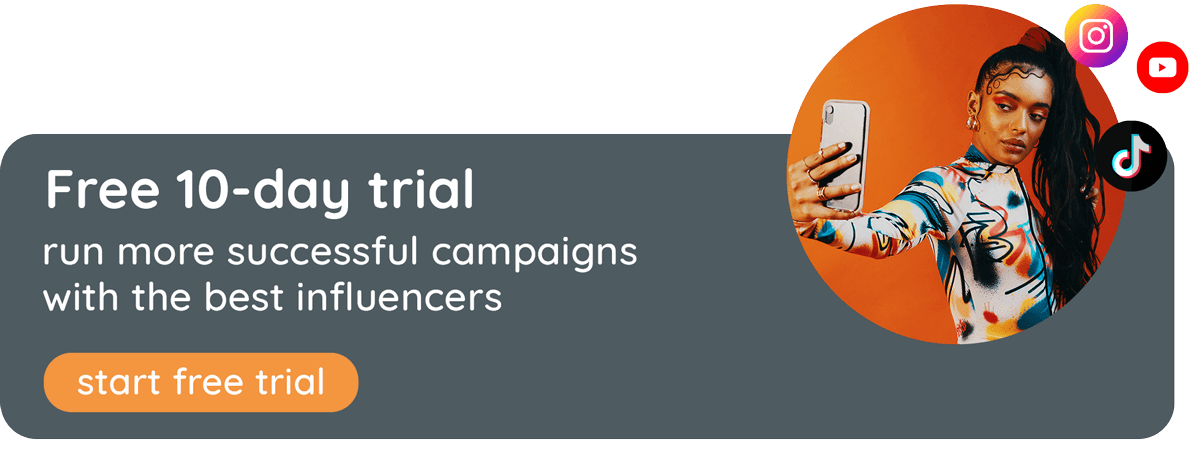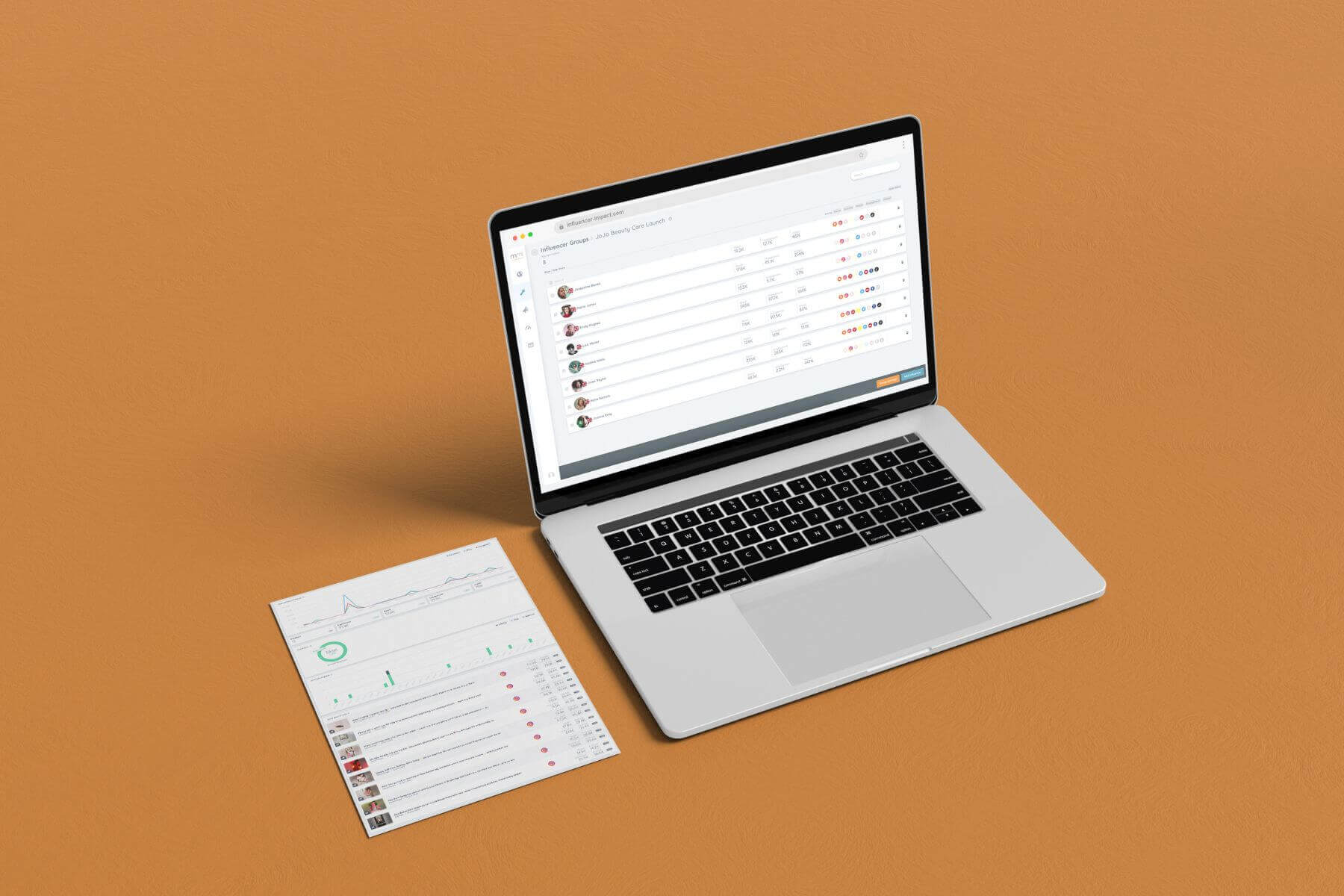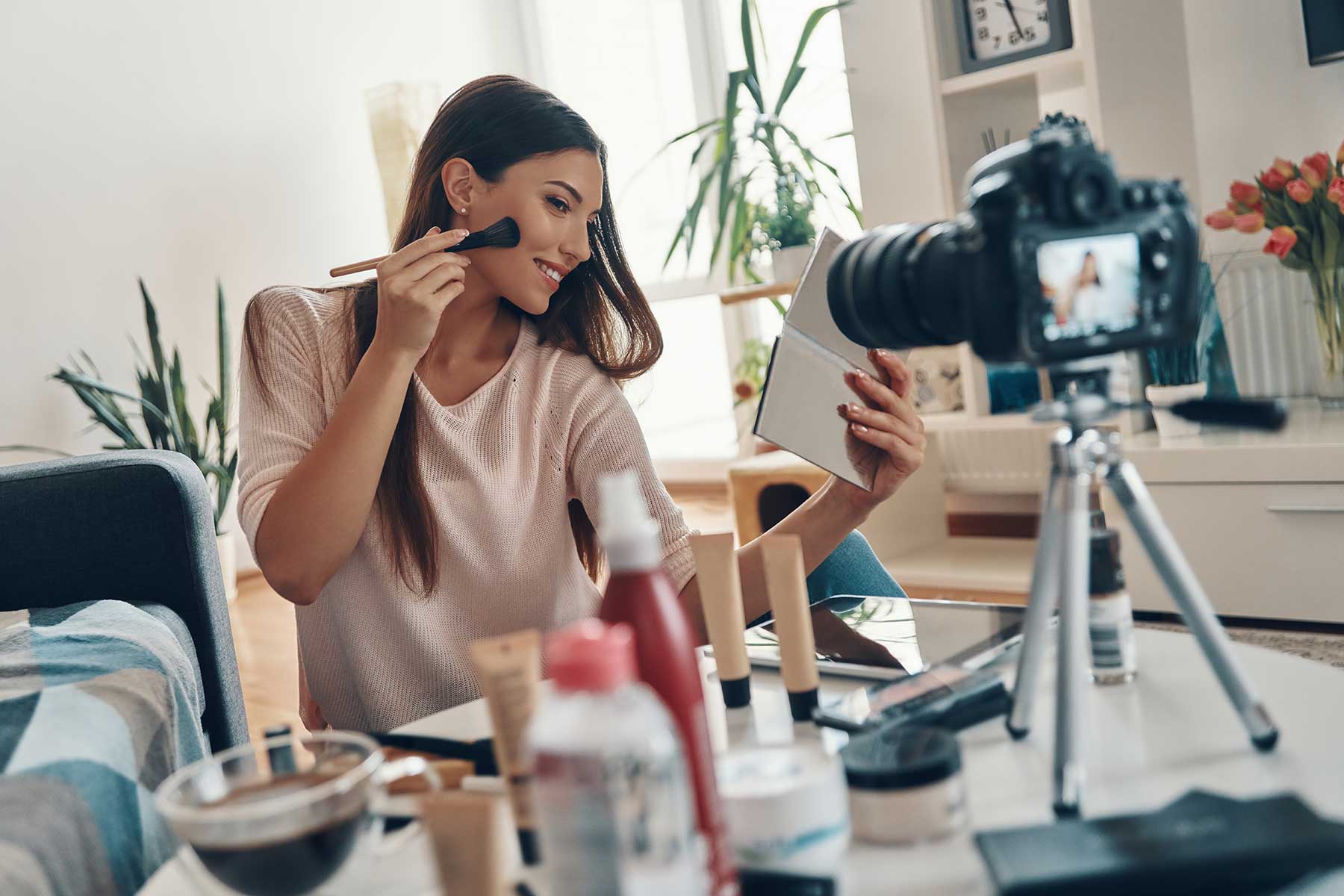Ask 11-16 year olds what they want to pursue as a career and nearly 17 percent of them reportedly aspire to become a social media influencer, uncovers a study on British children. Even in the rest of the world, Instagram influencers or YouTubers are overshadowing conventional jobs and professions due to the instant show-cut to fame and higher monetary returns.
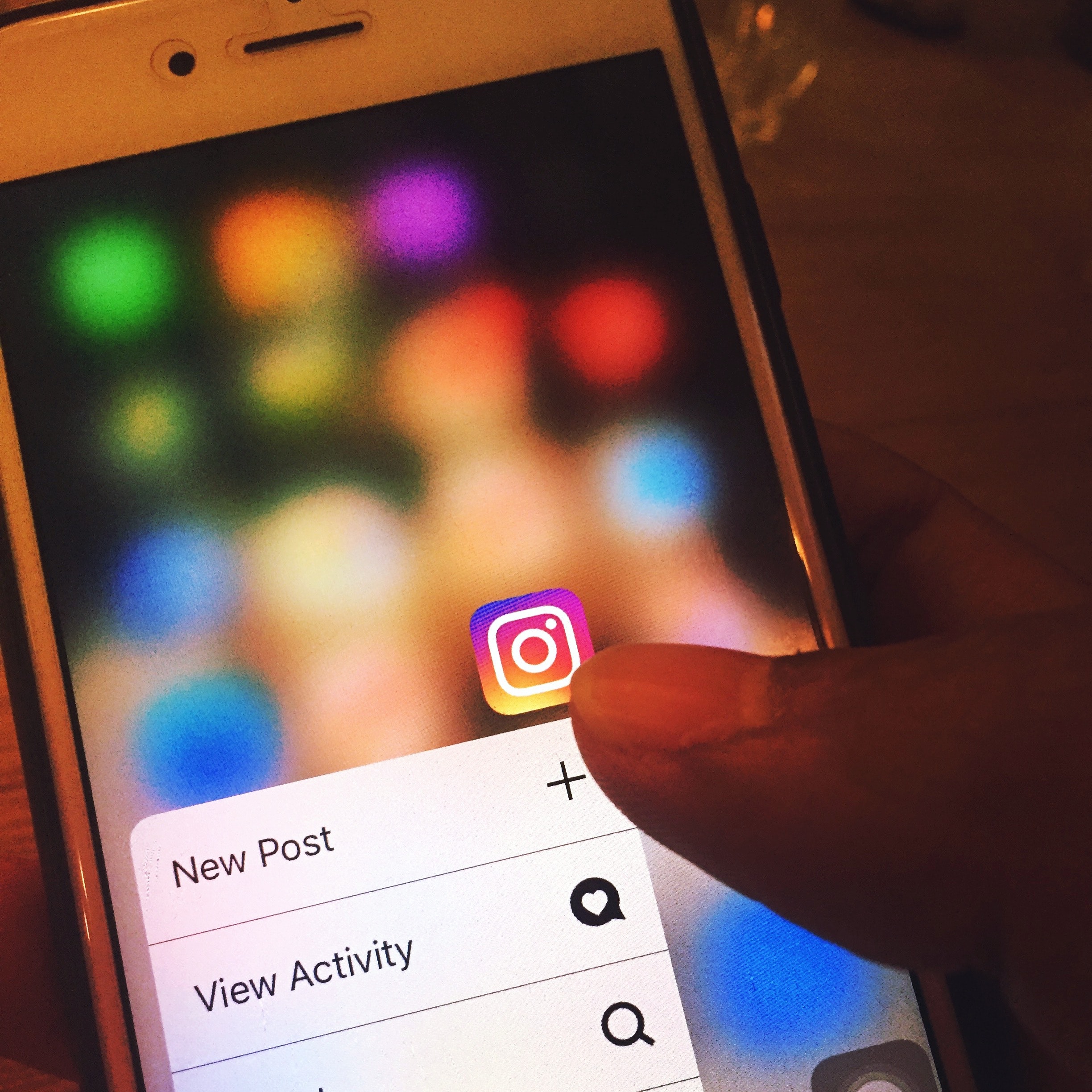
But to build an online audience and garner positive response through engagement, it takes time and great commitment to deliver content that truly influences. Not every ‘so called influencer’ can manage to do it all, organically!
At least 40 percent of them at some point would have signed for fake followers, confirms a digital marketing survey.
Who are these Fake Influencers?
Fake influencers are those who pay to have millions of followers that are mostly created by bots or are dummy accounts. They also buy comments, likes and engagement of the followers to look authentic and fake a rather large following on social media to grab brands’ attention for paid partnerships and sponsorships.
Collaboration with fraud influencers will not guarantee increase in the brands’ reach to the consumers or make best use of the money invested on social media marketing campaigns. In fact, a study found that over half of the advertising and marketing professionals are of the opinion that 10-20 percent of their ad spend is wasted in fake influencer scams.
However, as partnership rates between micro-influencers and businesses continue to rise there is an ever-increasing risk of loss with zero impact on leads and engagements for many brands and businesses.
To avoid being scammed of millions and billions of dollar through fake influencer partnerships without genuine audience, brands need to watch out for the below five signs:
- Sudden Increase in Followers: One of the confirmed signs that an influencer is fake is the sudden upshot in the number of followers. Real influencers too can have a sudden rise in the follower rates by posting high-quality content. Their content strategy and growth of followers remain consistent unlike that of influencers having sudden spikes and drops.
- Suspicious Engagement Rates: Engagement rate is a reliable metric that can be used for screening the authenticity of the influencers’ accounts. An influencer’s average engagement rates is the percentage of the number calculated by adding total number of likes and comments on a post and dividing it by the number of followers. The idea of a good engagement rate varies according to the industry, brands and their reach. However, brands can refer the standard engagement score to spot and avoid fake influencers.
- Generic Comments on Posts: Generic responses like use of emojis, short and common types of comments such as ‘great pic, love it!’ or even irrelevant reactions give away fake followers in an influencer’s account. To identify fraud influencer accounts, it may require critical, manual assessment of the comments and responses to look for the ones that are orchestrated just to grab brands’ attention. Even public accounts have spam and generic ‘wow’ comments that can only be differentiated by researching audience accounts.
- Fake Followers aka Bots: Fake accounts are created by bots that do not usually have profile pictures, posts or enough details on the bio. These accounts display huge following rates but do not have sufficient followers of their account.
Followers Vs Following Rates: Some accounts may look legit with everything intact, except that their follower volumes don’t add up to their following numbers. These accounts could be faking interest in different kinds of content or may have signed for top-performing posts. Most of their following are rarely aligned to their interest and are often ‘follow for follow’ gimmicks to trick users into following accounts in exchange for a follow back.
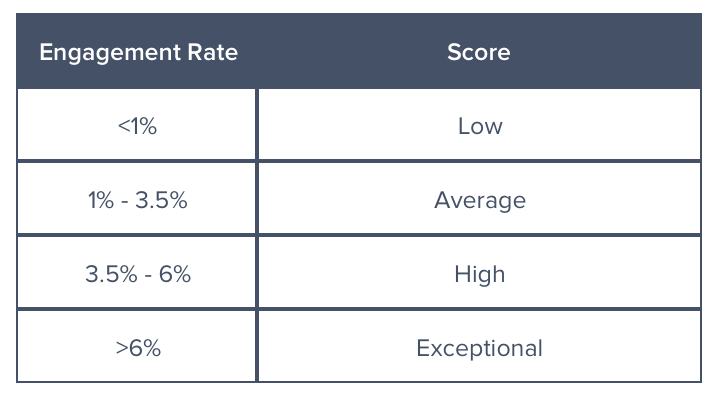
Fake deals and scams on social media that deem to have been sponsored and promoted by brands and businesses affect goodwill and online presence in the long run. To stave of fake partnerships and collaborations that promise unrealistic numbers and objectives, it is important to keep a watchful eye on the influencers’ accounts.
Manually screening influencer accounts along with defining a few KPIs to screen influencer profiles may seem daunting, but useful. These insights can be used in comparison with other influencer accounts to refine the brand’s search for legit influencers.
